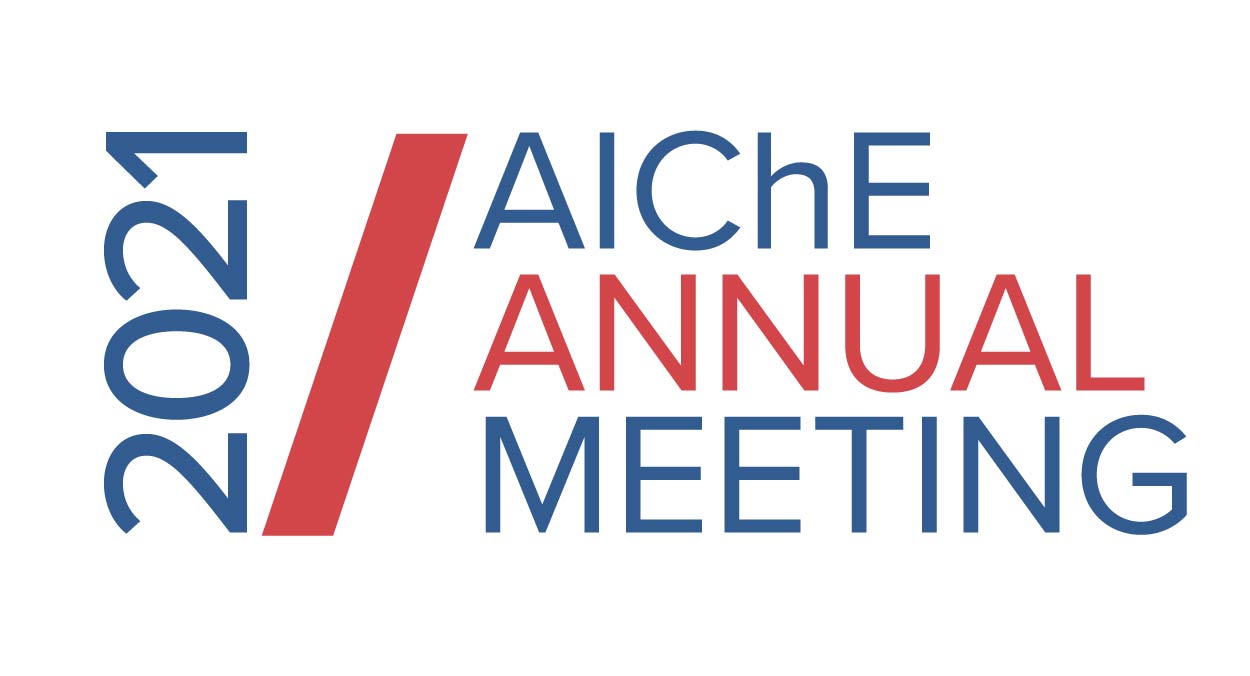

In the chemical engineering curriculum, the Unit Operations and Process Design courses sit as capstones, where students combine theory with application. Typically, Unit Operations is a hands-on lab experience with pilot-scale equipment, while Process Design uses simulations to explore a larger, industrial-scale plant environment. In the second Unit Operations course at the University of Florida, students work on separations-based experiments, including continuous and batch distillations. These two columns share a control room and analytical equipment and, due to the Covid-19 pandemic and resulting physical distancing requirements, it was necessary to move one of the experiments online. Due to the conceptual difficulty of a transient batch process, the continuous distillation experiment was chosen. This presented an opportunity to enrich an existing lab experiment with some elements of the Design course. Students were asked to use old data and equipment specifications to simulate the continuous distillation column in Aspen HYSYS. Instructional videos were created by the Design instructor to guide students through data-based simulation, something not usually explored in the undergraduate curriculum. Once students had a working “base case†simulation, they experimented in a more open, “sandboxâ€-style way than when they are limited by the existing equipment. For example, they were able to study the effects of changing the number of trays in the virtual distillation column, something that is impossible with the physical equipment.
Presenter(s)
Once the content has been viewed and you have attested to it, you will be able to download and print a certificate for PDH credits.
If you have already viewed this content,
please click here
to login.
